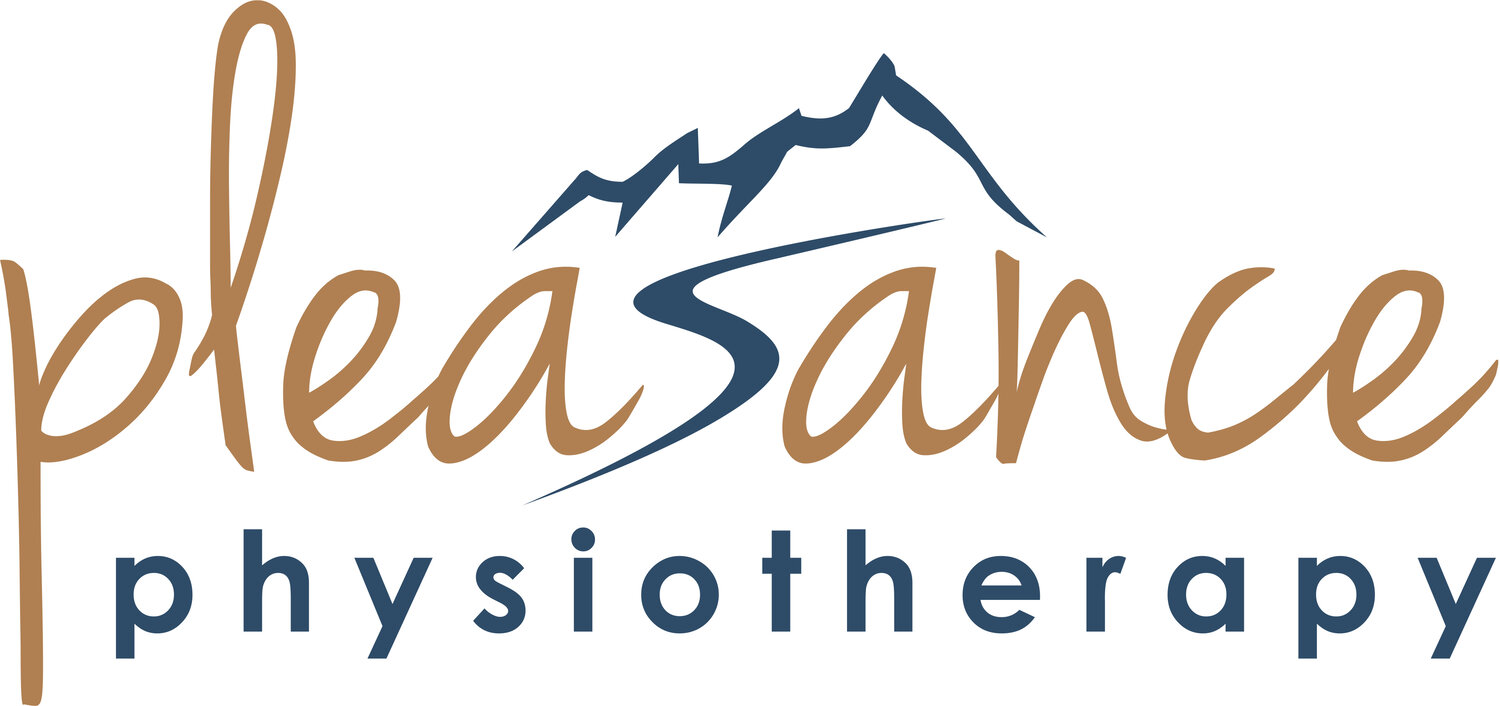Get the most out of your physio visit
So you booked a physio assessment….what should you do now? Here are some things to think about before your first visit.
Pay attention to the details of your painful area or injury. For example, when does the pain come on? Is it with a certain motion or position? Is it a specific time of day or after a certain activity?
What is the quality of the pain? Is it burning? Sharp? Achey? How long does it last for? Is it there for a few seconds or a few hours? How intense does it get?
Are there things that help to relieve the pain? What other types of care have you tried? Was that care successful?
The more detail the better! I will ask you a lot of questions on your first visit. This information helps me to see if there are any patterns to your pain and determine where it is emanating from.
I will send you an intake form before your first visit. This will prompt you to list any medical conditions, medication you are taking or any previous injuries to note. This information is important to know, as it directs safe and appropriate treatment specific for your own physiology. Given certain medical conditions or medications, some techniques may be modified or swapped out for other options which are better suited to your unique needs.
Bring any imaging or reports that may be relevant for your visit, such as an x-ray or MRI report. Feel free to also bring a list of questions for me. Sometimes we get lost in the moment during medical appointments and forget that thing that we meant to ask, so write it down!
Lastly, dress appropriately for your visit. Wear comfortable clothing that is easy to move in and allows easy visibility of the area being assessed. If I am looking at your shoulder, for example, please wear a tank top.
Remember, you know what you are feeling best! The better you can put what you are feeling into words, the more effective I can be at determining what it is you’re dealing with.
I look forward to seeing you!
Lindsay Pleasance, PT, FCAMPT, CIDN

